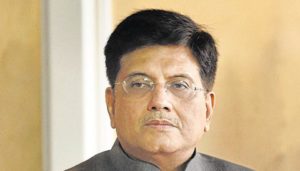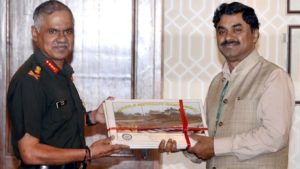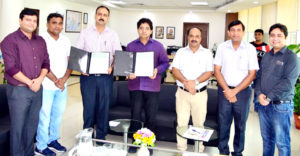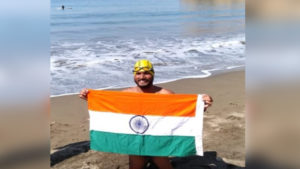VisionIAS
16:03
Vision IAS Mains 365 Environment 2019 PDF
Click Here to Download Vision IAS Mains 365 Environment 2019 PDF
Click Here to Like our Facebook page for latest updates and free ebooks
Material For Exam



| SC | ST | OBC | UR | OH | HH | Other PwD | Total | |
| Cut-off Marks | 148.97 | 141.86 | 165.00 | 170.00 | 132.90 | 102.45 | 62.19 | |
| Candidates Available | 2444 | 1272 | 4464 | 6247* | 335 | 300 | 100 | 15162 |
| SC | ST | OBC | UR | OH | HH | VH | OtherPwD | Total | |
| Cut-off Marks | 140.11 | 129.56 | 162.35 | 165.96 | 112.48 | 51.99 | 64.57 | 40.00 | |
| Candidates Available | 1421 | 891 | 2008 | 3177* | 333 | 333 | 364 | 51 | 8578 |
| SC | ST | OBC | UR | ESM | OH | HH | VH | OtherPwD | Total | |
| Cut-off Marks | 111.10 | 103.22 | 131.18 | 137.07 | 40.00 | 95.55 | 40.00 | 70.25 | 40.00 | |
| Candidates Available | 27835 | 12836 | 44078 | 51771* | 8146 | 2727 | 1548 | 1282 | 173 | 150396 |








